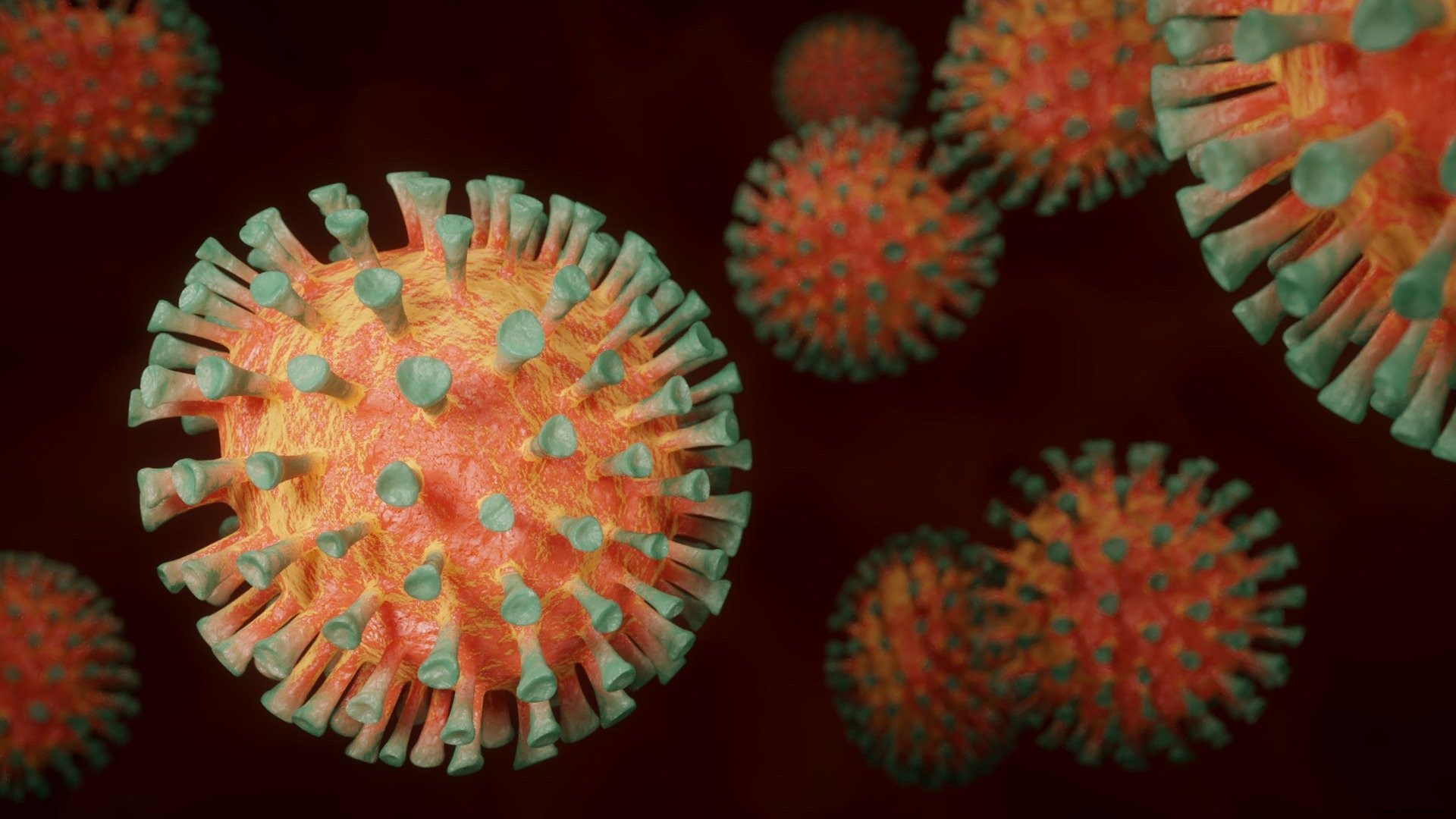British researchers have examined 7,000 genome sequences to trace the history of the spread of Covid-19. According to the experts, patient zero would have been infected between October 6 and December 11, 2019. If the results must be considered with caution, this study seems to be the most complete ever carried out.
Officially, SARS-CoV-2 (Covid-19) has appeared in a market in Wuhan (China) in December 2019. However, the date of his arrival is at the heart of a debate and studies on the question are multiplying. A few weeks ago, a team from the University of Cambridge (United Kingdom) estimated that SARS-CoV-2 would have appeared as early as September 2019. In addition, the first appearance would not have been in Wuhan itself but in a area south of the city. The researchers claimed to have analyzed 1001 complete genome sequences.
Another team from University College London published a new study in the journal Infection, Genetics and Evolution on May 5, 2020. The researchers said they relied on analysis of more than 7,000 genome sequence assemblies (7,710 to be exact) collected around the world since January 2020! Patient zero is estimated to have appeared between October 6 and December 11, 2019 .
Scientists indicate that despite mutations and other evolutionary stages sequences studied, they were able to identify their Recent common ancestor (MRCA – most recent common ancestor). Thus, this made it possible to determine a new range of estimates for the start of the Covid-19 health crisis.

The study leaders also say that these estimates are generally in line with previous studies. These had incorporated subsets of genomic data and sometimes used different calculation methods. Nevertheless in any case, any result should be taken with some caution.
In addition, researchers believe that the coronavirus is adapting to humans. According to them, no less than 198 sites in the virus genome would have undergone independent recurrent mutations. However, 80% of these independent recurrent mutations would have led to changes at the protein level. Moreover, 4 of the 198 sites suffered recurrences of mutations more than fifteen times!